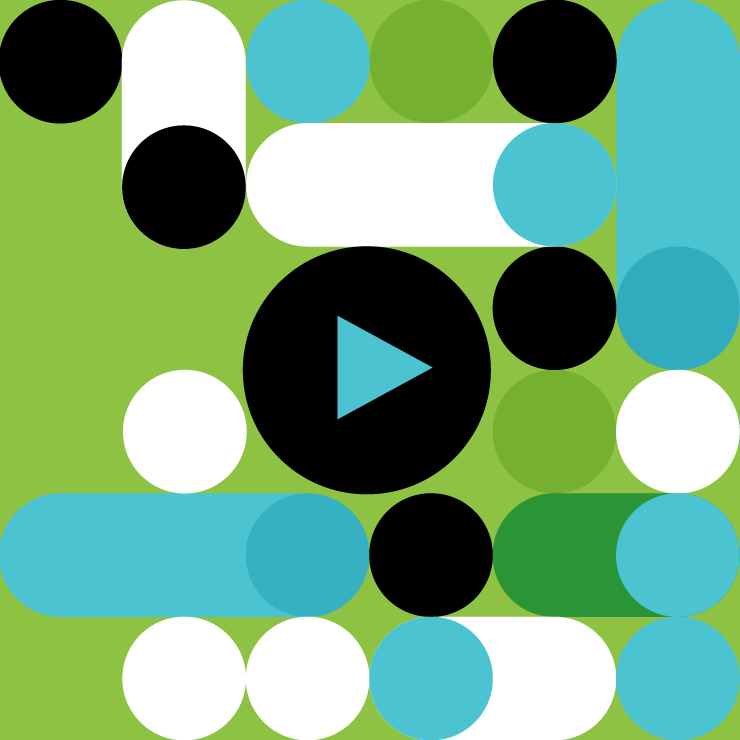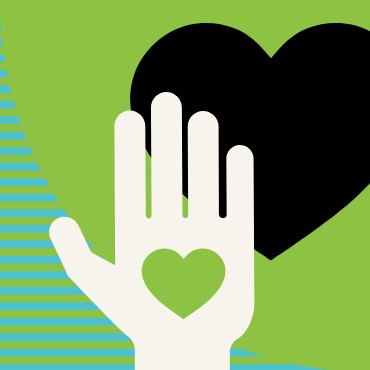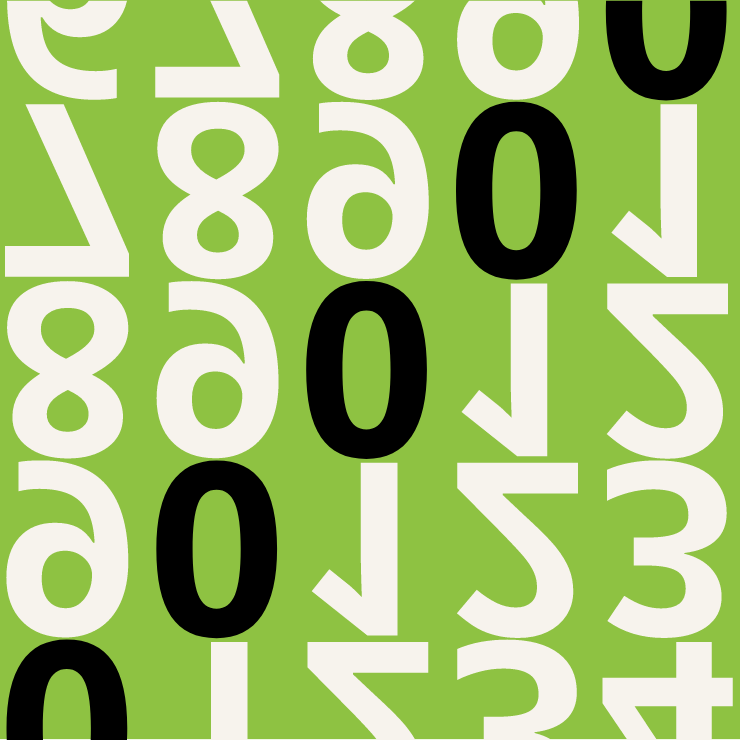Gratitude, not discounts: The brain science that builds loyalty.

Discounts buy moments. Appreciation buys relationships. Neuroscience shows that gratitude can influence brain systems tied to trust, memory, and prosocial behavior, creating the kind of trust no coupon ever could.
- Appreciation is a neuroeconomic lever. It activates trust, strengthens emotional memory, and encourages reciprocity.
- Gratitude beats discounts over time. It supports retention, referrals, and pricing resilience by deepening relationships.
- Adopt a Customer Recognition Framework. Design moments of appreciation across the journey, then measure trust, recall, and loyalty they build.
What is the neuroscience of appreciation?
The problem with discounts.
Traditional marketing tactics lean on dopamine-driven incentives: promos, coupons, and flash sales. That short-term model is giving way to strategies that build cognitive engagement and trust, a theme explored in our research on content design for B2B marketers. These tactics spike interest, not loyalty.
Repeated incentives condition audiences to wait for the next deal, eroding margin and commoditizing brands. That’s a dynamic we’ve analyzed in the evolution of modern B2B buyer journeys. Appreciation taps different circuitry; it builds durable bonds rather than fleeting thrills.
The neuroscience of appreciation.
- Oxytocin → Trust and commitment. When people feel appreciated, their brains release oxytocin, a neuropeptide tied to social bonding. A Nature experiment showed oxytocin causally increases interpersonal trust without increasing risk-taking.
- Moral and social circuits → Relationship meaning. Functional magnetic resonance imaging (fMRI) research finds that gratitude recruits regions involved in moral cognition, valuation, and perspective-taking, more “relationship signal” than transaction.
- Emotional memory → Stickier brand recall. Emotionally charged moments are more likely to be consolidated into long-term memory via amygdala–hippocampal mechanisms. A sincere, story-rich thank-you is easier to remember than a generic coupon.
- Reciprocity → Referrals and advocacy. Experiments show that gratitude increases costly helping, a behavioral pathway behind unpaid recommendations and community lift.
- Well-being → Community growth. Studies show that simple gratitude habits such as “counting blessings” improve subjective well-being and prosocial orientation, creating fertile ground for healthy customer communities.
From brain to brand: What to build (appreciation-first system).
A Customer Recognition Framework operationalizes the science with specific, repeatable touchpoints.
1. Design moment-based touchpoints.
-
Onboarding thanks: A brief, human acknowledgment of the customer’s specific choice and aspiration sets a trust frame early (mechanism: oxytocin). Measure 30- and 60-day activation and early repeat rate.
-
Milestones: Celebrate firsts, anniversaries, and contributions such as community answers and feedback. This leverages Sara Algoe’s “find, remind, bind” function of gratitude. Track cohort retention and contribution rates.
2. Make gratitude tangible (and personal).
-
Personal notes or messages: Specific, sincere thanks signal warmth and attention. Research in relationship marketing shows customer gratitude connects relationship-marketing investments to performance. Track 90-day incremental revenue versus incentive controls.
-
Public recognition: With consent, spotlight customer craft, contributions, or impact—strengthening identity and social status, the spark that turns appreciation into advocacy. Track social shares and referral starts.
3. Reframe “loyalty” as ongoing appreciation.
-
Build benefits that feel like appreciation: Priority support, co-creation invites, and spotlight opportunities—not just points. The same Journal of Marketing work above shows gratitude is the mediator driving purchase intent and share of wallet.
-
Community acknowledgments: Feature customer stories in product notes or events. People feel seen, consistent with the fMRI evidence on gratitude’s social-cognition pathways. Track event participation and roadmap engagement.
4. Encode emotion so it sticks.
-
Narrative + gratitude: Structure thank-you communications as mini-stories (who, what, why it matters). Emotional episodes exhibit stronger consolidation via the amygdala—a principle that also guides our analysis of AI-era storytelling and search behavior.
-
Design for the peak-end rule: Engineer at least one peak moment of unexpected appreciation and a strong ending (for example, a renewal ritual). Research shows these anchors shape overall evaluation and intent.
5. Train teams on appreciation psychology.
-
Shift from scripts to specificity: For example, “Your feedback on X improved Y for everyone.” Specific gratitude reads as authentic attention and invites reciprocity.
-
Managers model the behavior: Gratitude behaviors shape how teams talk to customers. Reviews of gratitude and well-being suggest durable prosocial effects. Track eNPS and QA scores.
Key takeaway.
Appreciation is not “soft.” It is a measurable growth lever. It activates trust, encodes lasting memories, and binds communities, mechanisms that translate into lower churn, richer referrals, and resilient pricing power.
Discounts buy a moment. Gratitude buys a relationship.
FAQs.
How can appreciation reduce customer acquisition costs?
By increasing repeat purchase and referrals, brands rely less on paid acquisition. Relationship-marketing research shows gratitude mediates performance outcomes.
What should go in a Customer Recognition Framework?
Onboarding thanks, milestone celebrations, personal notes, public spotlights, and peak-end design, built into the process with measurement at every step.
Is there evidence that gratitude drives referrals?
Yes. Controlled experiments show gratitude increases costly helping, a proxy for unpaid advocacy.
How do I scale appreciation with AI without losing humanity?
Use AI for detection and delivery (moment-finding, personalization) and keep humans for language nuance and consent. See SN’s approach to AI amplification.
Sources.
- Kosfeld, M., et al. (2005). “Oxytocin increases trust in humans.”
- Fox, G. R., et al. (2015). “Neural correlates of gratitude.” Frontiers in Psychology.
- McGaugh, J. L. (2004). “The amygdala modulates the consolidation of memories.” Annual Review of Neuroscience.
- Bartlett, M. Y., & DeSteno, D. (2006). “Gratitude and prosocial behavior: Helping when it costs you.” Psychological Science.
- Emmons, R. A., & McCullough, M. E. (2003). “Counting blessings versus burdens: An experimental investigation of gratitude and subjective well-being.” Journal of Personality and Social Psychology.
- Algoe, S. B. (2012). “Find, remind, and bind: The functions of gratitude in everyday relationships.” Social and Personality Psychology Compass.
- Do, A. M., Rupert, A. V., & Wolford, G. (2008). “Evaluations of pleasurable experiences: The peak-end rule.” Psychonomic Bulletin & Review.
- Palmatier, R. W., Jarvis, C. B., Bechkoff, J. R., & Kardes, F. R. (2009). “The role of customer gratitude in relationship marketing.” Journal of Marketing.


